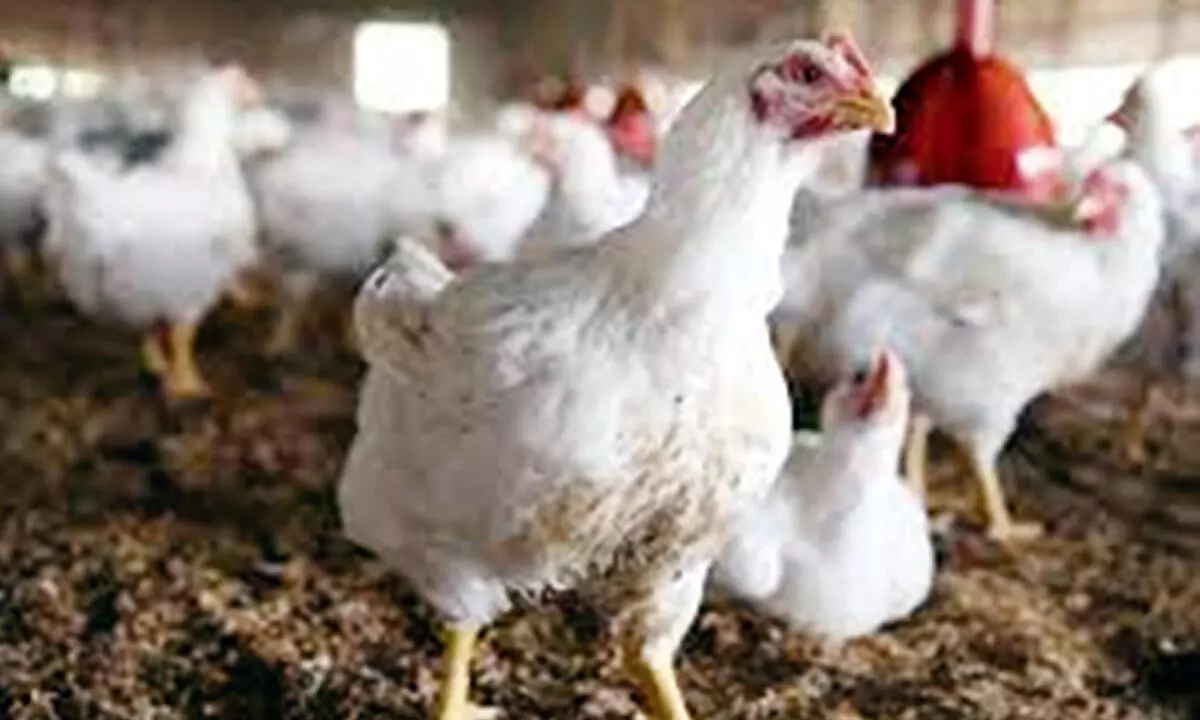Centre alerts States, UTs on avian flu
Directs them to ensure required equipment, chemicals, masks, disinfectants, personal protective equipment (PPE), etc., are readily available as avian flu thrives in low temperature
image for illustrative purpose

Avian flu causes huge losses in terms of mortality of birds and in terms of trade in poultry. Special surveillance needs to be carried out, especially in wet markets at the border areas, the poultry supply areas with high duck population, water bodies, and nesting places of wild birds. Migratory birds play an important role in the spread of avian flu
New Delhi: Cognizant of a likely risk of ingress of avian influenza in the country, the Central government has urged all States and Union Territories (UTs) to assess the district-level preparedness at regular intervals for tackling any eventuality. Avian influenza is also commonly known as bird flu.
States and UTs have also been requested to ensure that the required equipment, chemicals, masks, disinfectants, personal protective equipment (PPE), etc., are readily available, officials told Bizz Buzz. The mechanisms, procedures, and supplies of these items are expected to be identified in advance so that there is no difficulty in the case of emergencies.
Avian flu is highly contagious with zoonotic potential. A zoonosis is an infectious disease that has jumped from a non-human animal to humans, according to the World Health Organization (WHO). Zoonotic pathogens may be bacterial, viral or parasitic, or may involve unconventional agents and can spread to humans through direct contact or through food, water or the environment.
Avian flu causes huge losses in terms of mortality of birds and in terms of trade in poultry. The Union Ministry of Fisheries, Animal Husbandry & Dairying, has been issuing advisories to states and UTs from time to time on preparedness to prevent the ingress of avian flu. The avian flu thrives in low temperature though the outbreak could be at any point of the year.
Special surveillance needs to be carried out, especially in wet markets at the border areas, the poultry supply areas with high duck population, water bodies, and nesting places of wild birds.

